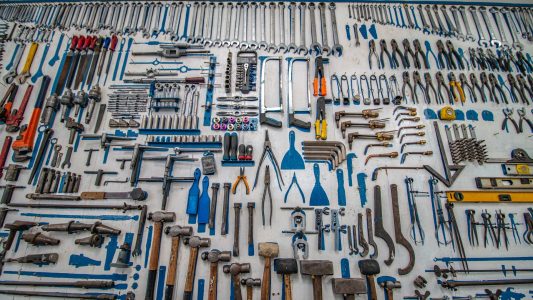Software success is a long game. No app or software product is flashy, anticipated, or popular enough to overcome failure to maintain. Failure to maintain occurs when developers don’t respond to (or predict and prevent) bugs, reported issues, operating system updates, and other things that degrade the user experience. Poor software maintenance can result in negative reviews and ultimately, users abandoning the app.
Maintenance is critical to continued success through customers loving their experience of the app. But what does maintenance mean, how much should it cost, and what is the price of not performing it?

In simplest terms, software maintenance means monitoring the product for issues and rolling out improvements and fixes, rather than depending on the customer to notify you when something is broken or not working.
Maintenance also includes tracking the performance of the product, meaning how fast it is. This is even more important and relevant after a successful launch. The more confident you are that your product launch will be a success, the more prepared you need to be to increase bandwidth to avoid production outages.
Maintenance is the way to be proactive, not reactive. Experienced developers, whether in-house or from a development firm, should be aware when new operating system updates are coming out. At ENO8, our dedicated maintenance team monitors updates and begins testing our clients’ software in beta. That way, we are prepared to offer proactive solutions to keep the update from impacting users.
Lastly, when you hire a top-notch developer to perform maintenance, they will have a development environment active and ready with short notice if a change or improvement is required. You have peace of mind knowing that any necessary changes, fixes, or updates can be executed and rolled out as quickly as possible, resulting in little to no interruption for users.
Unfortunately, a common mindset is to build an unbeatable product from the get-go. Tens of thousands of dollars and time can be wasted prior to launch trying to achieve a product that is perfect. While companies and their development partners should do their best to launch a quality product that meets users’ needs, there is no way to mimic market response in testing. Thus, there is no way to launch a flawless product that won’t require improvements or tweaks fairly soon after launching.
Post-launch market feedback will bring about necessary improvements, additions, and changes to any software. The best plan to wow users and build a reputation for excellence is putting a maintenance team in place to move on updates as soon as they are needed.

When we talk about the cost of maintenance (which, on average, comes out to an annual spend of 15-20% of the overall development cost), we should really be talking about the cost of not doing maintenance.
The highest cost of not doing maintenance is, of course, software or app failure.
Plenty of apps launch, flounder, and fail. Failure comes, not from floundering, but from responding slowly or not at all to hiccups, problems, and growth opportunities.
Additional costs can accumulate when you need to bring in a new developer to fix issues. First, you have to find someone, then get them the code and give them app store credentials and other set-up information. They will be under pressure to get access and learn the product while making the necessary change/update. Most developers will bid high on this type of work to cover unknown costs, even if the fix ends up being simple.
If you have maintenance in place, the engine is warm. It’s ready to go as needed.
Furthermore, if your customers experience downtime or buggy usage, they can retaliate by writing negative reviews, submitting countless help tickets that your team has to sort through, and ultimately, abandoning your product.
Some companies find out about product issues only after numerous negative reviews roll in. If you wait until you receive poor reviews, your software may not be able to recover user trust and reputation.
The gross costs of not having maintenance in place are frequently much higher than the real cost of a maintenance plan.
Jeff Francis is a veteran entrepreneur and founder of Dallas-based digital product studio ENO8. Jeff founded ENO8 to empower companies of all sizes to design, develop and deliver innovative, impactful digital products. With more than 18 years working with early-stage startups, Jeff has a passion for creating and growing new businesses from the ground up, and has honed a unique ability to assist companies with aligning their technology product initiatives with real business outcomes.
Sign up for power-packed emails to get critical insights into why software fails and how you can succeed!
Whether you have your ducks in a row or just an idea, we’ll help you create software your customers will Love.
LET'S TALK